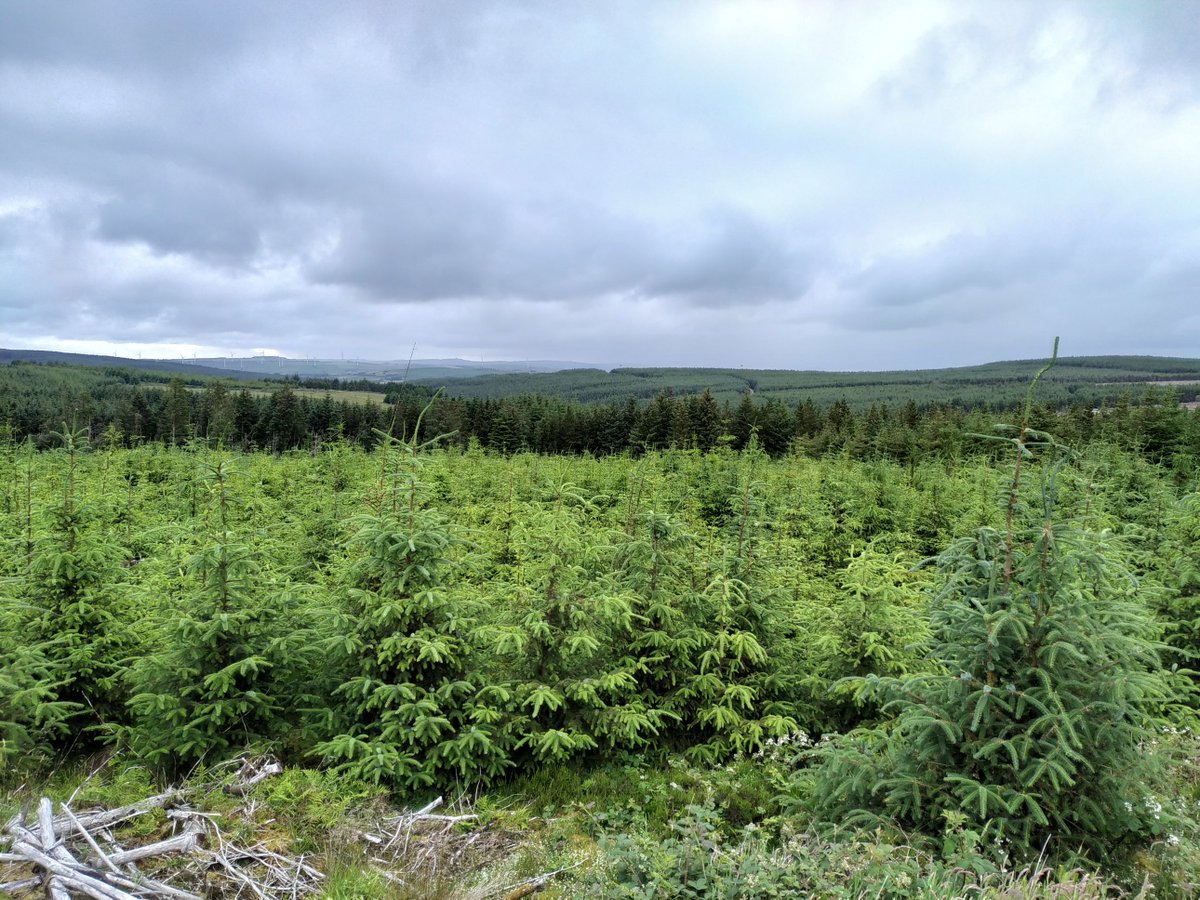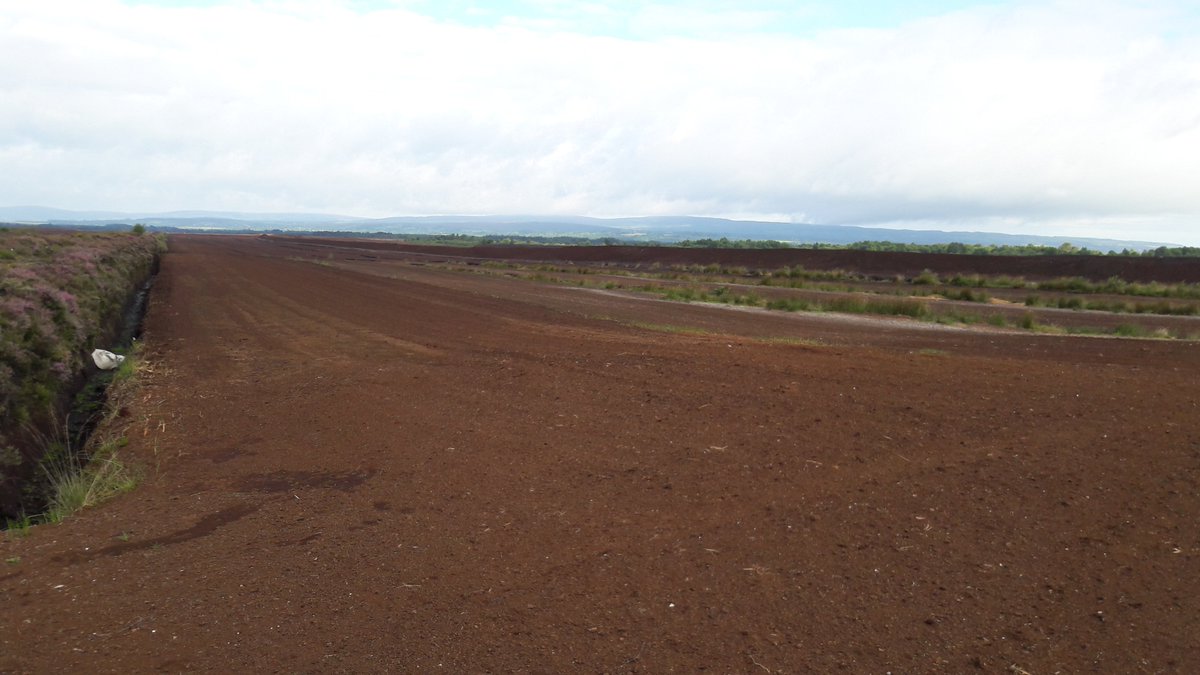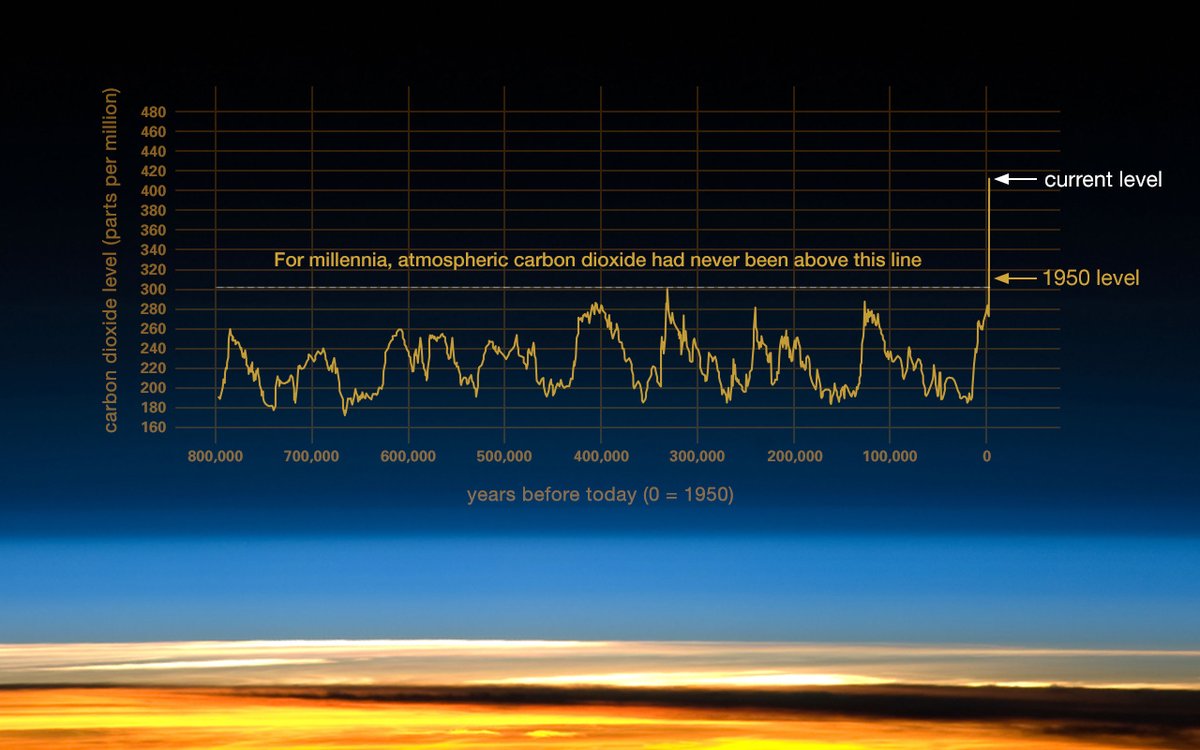
Saturday 🧵.
1.Today, I’m going to move away slightly from peatlands in their stricter sense, and have a look at what happens to the carbon when the site is converted to grassland. Photos: @MValmier @flo_renouwilson @peatyghg



1.Today, I’m going to move away slightly from peatlands in their stricter sense, and have a look at what happens to the carbon when the site is converted to grassland. Photos: @MValmier @flo_renouwilson @peatyghg




2. In Ireland, grassland is estimated to cover around 4.2 million hectares with around 8% found on peaty soils (called organic soils in official parlance).
3. However, recent work by @teagasc suggest that the area of peaty soils could be much closer to 10% of total grassland cover.
teagasc.ie/rural-economy/…
teagasc.ie/rural-economy/…
4.Peatlands have been used for rough pasture for centuries, although at very low stocking rates, with the drier edges of the bogs primarily used for grazing. An excellent account of “bog reclamation” over the years is available in Bogs of Ireland. 

5. Artificial drainage of peatlands has been a feature of Irish peatlands since the 18th century. And as with peat extraction and forestry, drainage lowers the water table and releases CO2 as the peat decomposes, & increases carbon losses to water courses. Photo: @flo_renouwilson 

6. Over time, grassland peat soils become highly modified and a wide range of carbon content values can be found between sites that also vary in their inherent fertility levels, e.g. fen peat is much more nutrient rich than bog peat. Photos: @flo_renouwilson @MValmier 


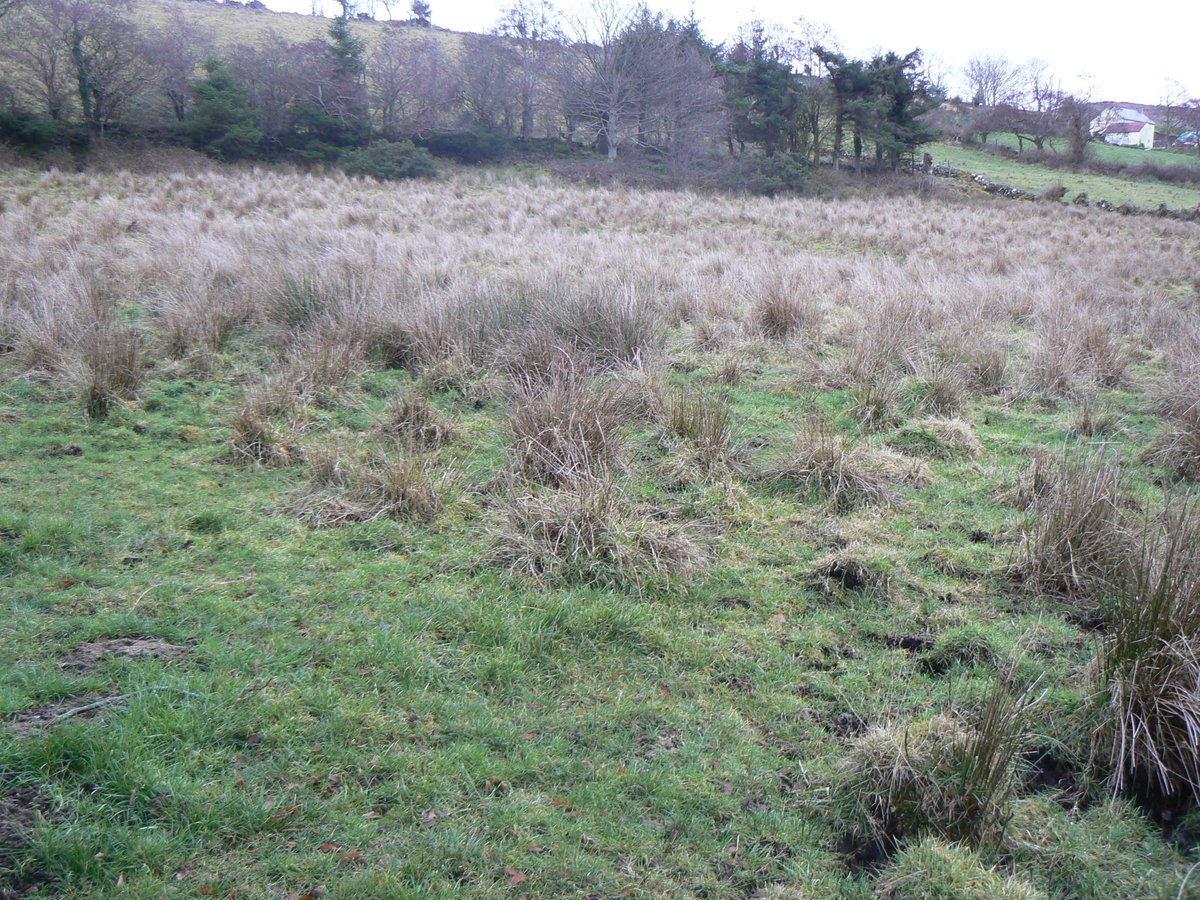
7. The recent @ProjectAuger report estimates that even modified, grassland peaty soils still contain a tasty 521 million tonnes of carbon, which equates to a quarter of the 2.2 billion tonnes stored in Irish peatlands. @EPAResearchNews 
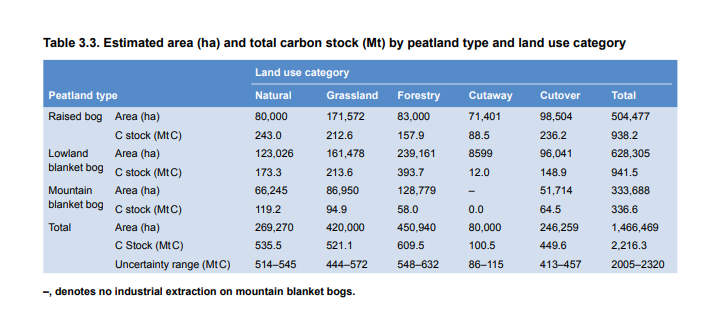
8. So, what do we know about carbon exchange in grasslands on peaty soils? Firstly, they differ from the other peatland land uses that we have looked at this week, with WAY more STUFF going on.
9. CO2 is sequestered as the grass and other plants photosynthesise, and carbon is added as livestock excrete dung, and when slurry is applied.
10. CO2 is lost as the peat in the soil decomposes, and as the grass and livestock respire. Carbon is also lost in the water and removed as silage or hay. Methane is also emitted as the livestock belch, and from their dung.
11. To date, the full carbon balance (CO2, methane and dissolved carbon in the water) has only been published for two sites: a nutrient-poor grassland in Donegal and a nutrient-rich site in Longford. 

12. Both sites were considerable carbon sources during the study, with the Longford site over twice as large as the Donegal site – the only time in living memory that Longford has outscored Donegal.
13. In the absence of sufficient country-specific data, Ireland reports emissions using what is called a Tier 1 emission factor. This value, derived for countries that do not possess data of their own, is akin to taking a sledgehammer to bang in a nail.
14. Using this crude value, annual emissions from grassland on peaty soils are estimated at a whopping 8.4 million tonnes of CO2 per year, offset by an estimated 2.3 million tonnes sequestered by grassland mineral soils. 

...and an extensive suite of eddy covariance towers has been installed across the country with the aim to cover as much of the variation in soils, moisture content and climate as possible.
https://twitter.com/jamesrambaud/status/1575220215234719744
17. Given the large emissions associated with drained peaty grassland, what can be done to reduce emissions, or even stop them altogether?
18. Under the @agriculture_ie Ag Climatise Roadmap, released in December 2020, at least 40,000 hectares of drained grassland on peat soils have been targeted for rewetting.
gov.ie/en/publication…
gov.ie/en/publication…
19. Peatland rewetting is defined by @IPCC_CH as “the deliberate act to raise the water table to re-establish water saturated conditions”. However, is this feasible on land that is still being actively farmed?
20. The concept of #paludiculture or wet farming has received considerable attention in Germany where @greifswaldmoor have pioneered research in recent years.
mowi.botanik.uni-greifswald.de/paludiculture.…
mowi.botanik.uni-greifswald.de/paludiculture.…
21.The premise here is that farmers are able to continue to “wet” farm but that CO2 emissions from the peaty soils would drop considerably.
22. However, the concept remains unproven under Irish conditions and is likely to face scepticism from farmers until well established.
https://twitter.com/1noeloconnor/status/1583154060735102976
23. Interestingly, a recent study by UK researchers suggested that even rewetting to 30 cm below the soil surface would have very positive results in terms of reducing CO2 emissions from peaty soils. nature.com/articles/s4158…
24. Ireland is in a very tough place in terms of emissions from grassland. The new data will provide more realistic emission factors but a gap between carbon sequestration by mineral soils & losses from peaty soils is likely to remain unless rewetting of some grassland occurs.
25. Tomorrow, on my final day as curator of @irrelandsenv, I will be taking a look at how future climate change may affect the carbon store in Irish peatlands – hell, I may even talk about Zombie peat fires.
See you then.
See you then.
@threadreaderapp unroll please?
• • •
Missing some Tweet in this thread? You can try to
force a refresh




